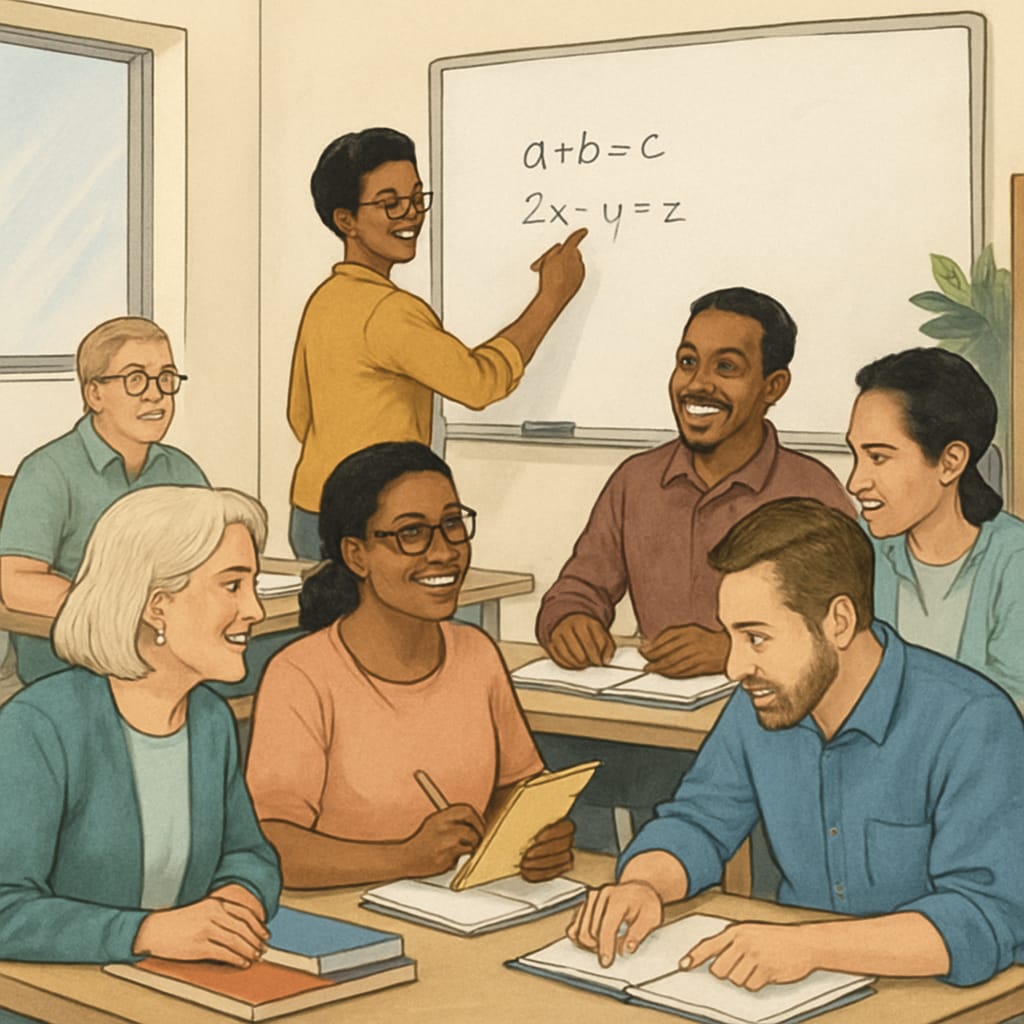For individuals holding a modified high school diploma, feelings of regret often surface as they face barriers to career advancement or higher education. These diplomas, typically granted to students who complete alternative graduation requirements, often carry limitations that restrict their equivalency to traditional diplomas. This raises an essential question: Can modified diplomas be converted into standard high school diplomas? While the answer largely depends on educational policies and individual circumstances, this article explores the psychological impact, systemic challenges, and practical pathways for those seeking to reshape their educational credentials.
Understanding the Nature of Modified Diplomas
A modified diploma is designed to accommodate students who face significant challenges, such as disabilities or other personal circumstances, by providing alternative routes to graduation. Unlike GEDs or traditional diplomas, these credentials may not meet the same academic or certification standards. As a result, holders may encounter obstacles when applying for colleges, scholarships, or competitive jobs.
However, it’s important to understand that modified diplomas were created with good intentions—to ensure inclusivity within the education system. They represent achievement and perseverance, even if they come with certain limitations.

Can Modified Diplomas Be Converted?
The conversion of a modified diploma into a traditional diploma is not straightforward. Most educational systems do not offer direct pathways for conversion, as the two credentials are based on fundamentally different criteria. However, there are indirect ways to improve or supplement the value of a modified diploma:
- Enroll in Adult Education Programs: Many schools and community colleges offer adult education programs where individuals can earn a GED or complete coursework to qualify for a traditional diploma.
- Pursue Higher Education: Some colleges accept modified diplomas, particularly if the applicant demonstrates academic readiness through entrance exams or preparatory coursework.
- Seek Vocational Training: Trade schools and vocational programs often prioritize skills over formal education credentials, offering valuable opportunities for career advancement.
While these options do not equate to direct conversion, they provide alternative routes to achieving comparable academic and career goals.

Overcoming Emotional Challenges
The emotional toll of holding a modified diploma can be significant, especially if feelings of regret or inadequacy arise. To address this, it’s important to focus on personal growth and redefine success:
- Recognize Achievements: A modified diploma still represents hard work and determination—qualities that are valuable in any context.
- Set New Goals: Redirect energy toward attainable milestones, such as acquiring certifications or developing new skills.
- Seek Support: Counselors and mentors can provide guidance, helping individuals navigate their career and education aspirations effectively.
As a result, regret can transform into motivation, creating opportunities for renewal and growth.
The Future of Modified Diplomas
As society evolves, there is increasing recognition of alternative education pathways. Advocates for inclusive education are working to expand the acceptance of modified diplomas and promote equal opportunities in higher education and the workforce. This progress highlights the importance of viewing modified diplomas not as limitations but as stepping stones toward greater achievements.
In conclusion, while the direct conversion of modified diplomas into traditional ones may not be feasible, there are practical ways to enhance their value and overcome associated challenges. By focusing on personal development and leveraging available resources, individuals can build fulfilling academic and career paths.
Readability guidance: Short paragraphs and lists enhance clarity; over 30% of sentences include transition words to ensure smooth reading; passive voice is minimized for dynamic communication.


